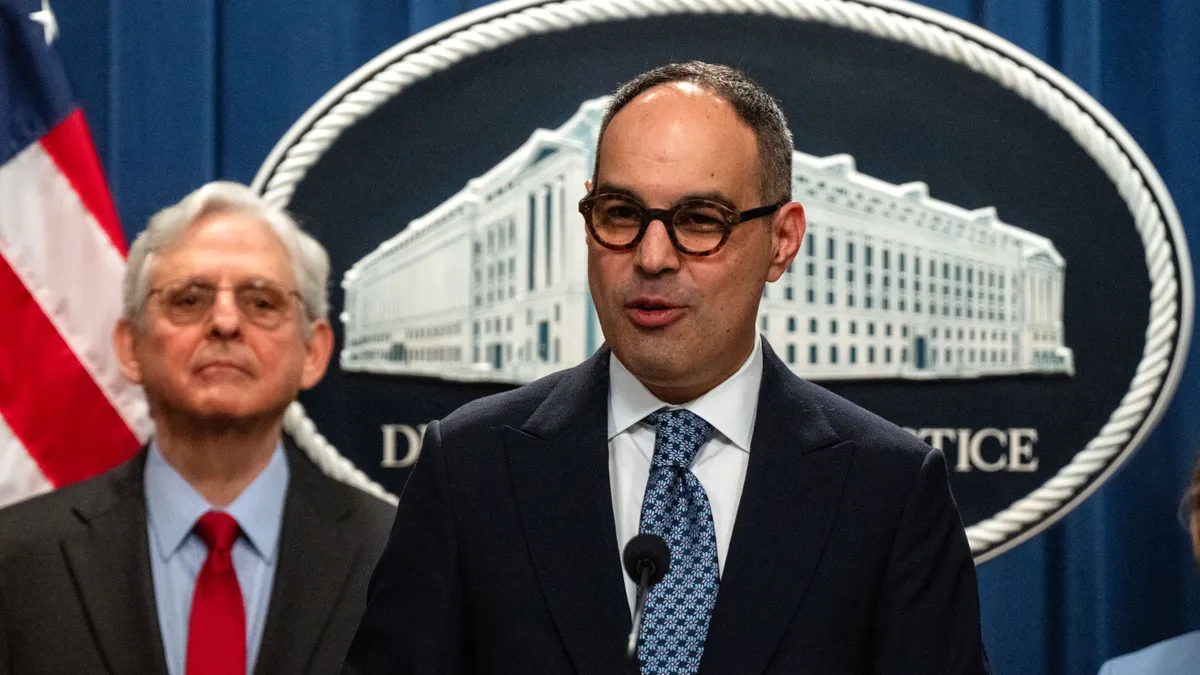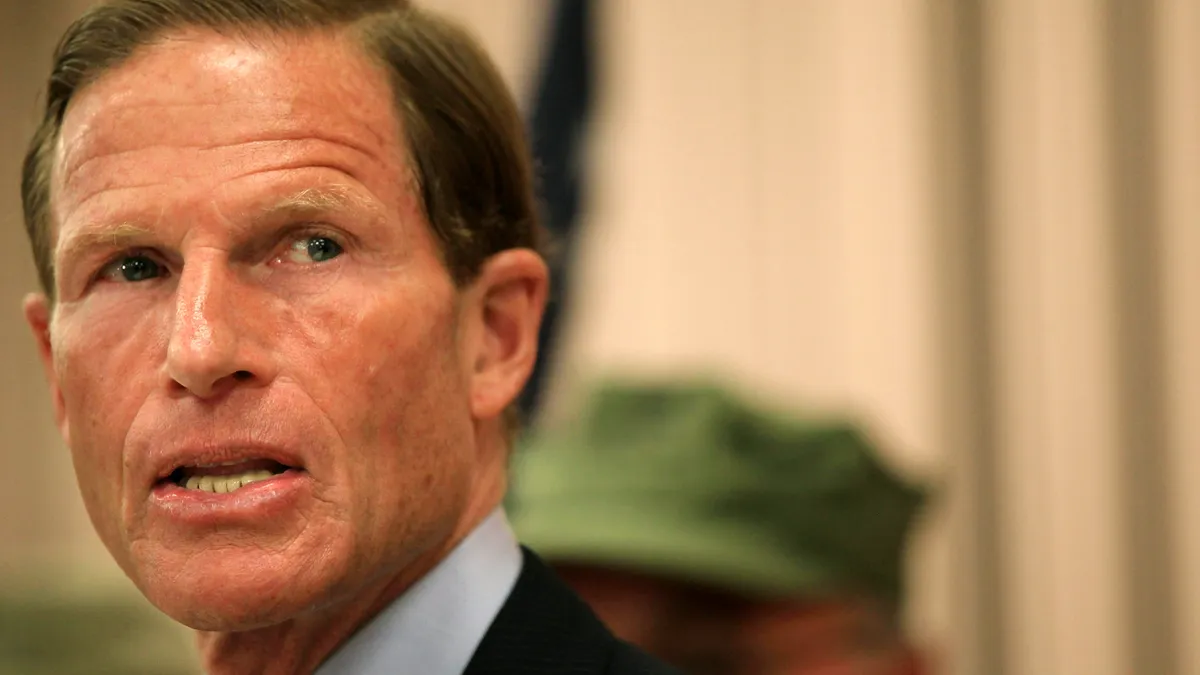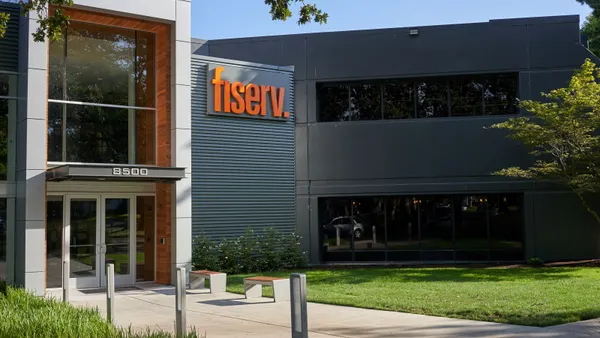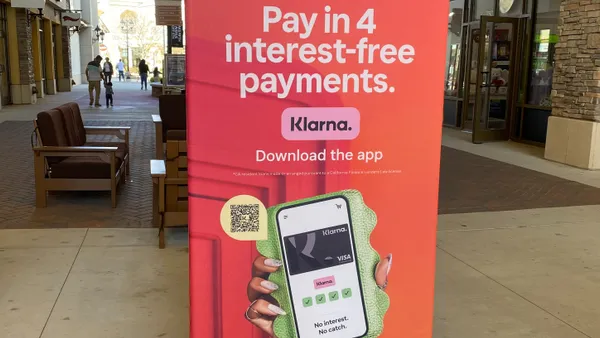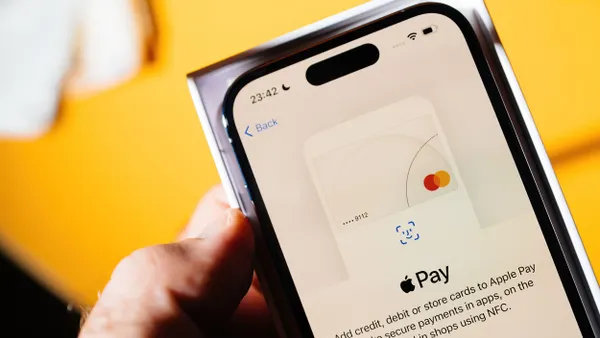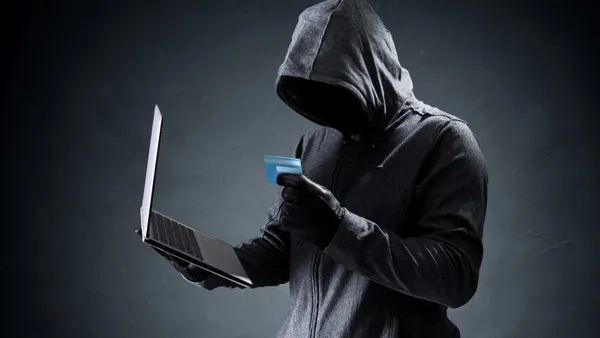The creator economy has become a global phenomenon overnight, and companies are paying close attention. Due to the economy’s rapid success rate, companies prioritize partner attraction and retention with these creators.
For those who haven’t been able to catch up to this viral industry, the creative economy is software-facilitated and enables creators to generate revenue through platforms like:
- YouTube
- Twitch
- TikTok
- Roblox
- Meta
…just to name a few.
It’s a Creator’s World
Today, everyone wants to be an influencer. When the pandemic hit, many individuals weren’t making ends meet and turned to social platforms to gain more income. This form of employment allows individuals to make a career out of their passions—all from the comfort of their homes.
Before Covid swept the globe, Gen-Zers were aspiring to be YouTube stars and Twitch gamers. These digital natives have different aspirations—29% of American kids want to be YouTubers rather than Mick Jagger or Michael Jordan.
We’re seeing infinite virtual experiences in today's market, and the pandemic catapulted industries into going fully remote. Like the gig economy, anyone can join the creative economy and generate a steady income. The success rate is significant: the creative economy is worth $104 billion and counting.
Next stop: The Metaverse
The creative marketplace is on the verge of going fully 3D. Neal Stephenson first introduced the concept of the Metaverse in his 1992 book, Snow Crash. Originally a cyberpunk-influenced piece of science fiction, its plot is very real today. The Metaverse involves an imaginary landscape with VR, where users wear headsets and embedded sensors to walk around a 3D environment.
The Metaverse is at influencer's fingertips, and they are buckling up for the ride. Influencers will connect with their followers face-to-face in their virtual ecosystems. They will design their worlds—in arenas, stores, islands, and more. And we will be able to freely enter these worlds that expand far beyond our reality.
Mark Zuckerberg’s initiative to change Facebook to Meta was abrupt (and aggressive to some users) and hurt the platform’s stocks. But Zuckerberg is not backing down; Meta will soon push out its VR platform Horizon Worlds, where users can buy and sell digital products.
Additionally, Instagram is starting to roll out NFTs with select creators in the United States. Influencers share NFTs created or bought on their main Instagram feed, stories, and DMs.
The younger generation learns under creators
With its massive disruption in society, schools are scaling with this growing phenomenon. Edtech software has been highly utilized since the pandemic to prepare students.
The Metaverse has entered classrooms: it's making learning fun and effective for students. These students will be emersed in the Metaverse to learn how to build logical foundations, code, and prepare for future jobs within this virtual landscape. The Metaverse and AR/VR will prepare students to be creators rather than consumers.
Described as “education’s new rival” by Forbes, students choose to learn alternatives for successful careers rather than higher education. The content influencers in the creative economy compensate for education’s weaknesses by providing user-friendly, cheap resources. Additionally, content is always fresh. Immediate skill experiences, such as learning to code, are always up to date with the latest innovations.
The creative economy will influence their landscape, no matter which road a young adult takes. To compete with the fast-growing creative economy, colleges now offer degrees and programs in entrepreneurship, hacker awareness, and social media and content strategy.
Prioritizing your creator partners
John Howkins created the term “creative economy” just over twenty years ago—2001. It has gone viral overnight for such a young concept, and investors and suppliers are all paying attention.
Due to high demand, creators have the freedom to work with whomever they want and are paid on their terms. If they are unsatisfied with the payment conditions, they won’t hesitate to work with competitors.
Stakeholders rush to pluck the best influencers in this economy to scale with this fast-changing industry. Finance leaders utilize the right technology to enhance the creator partner experience. An end-to-end technology platform, all in one central location, allows creators to get paid quickly and efficiently.
The solution should include self-onboarding so that the creator can receive payments on their terms. The self-service portal enables creators to have an enhanced payment experience and gain visibility and transparency.
With the right technology, your company can attract and retain creators of all shapes and sizes—from Instagram NFT artists to musicians on Twitch!




